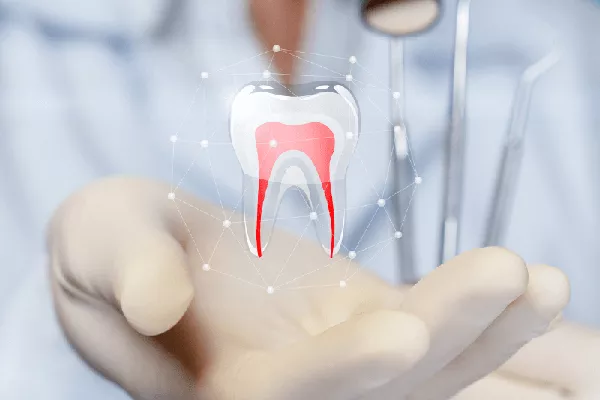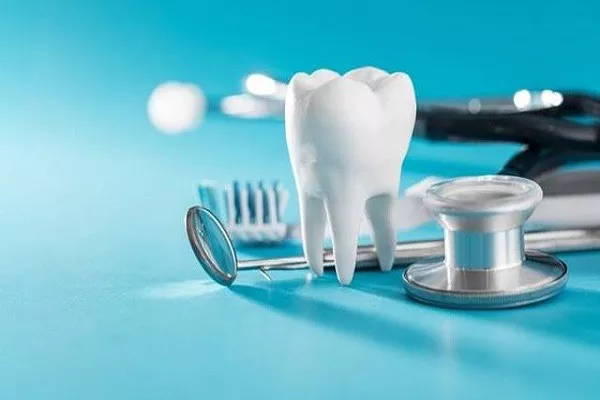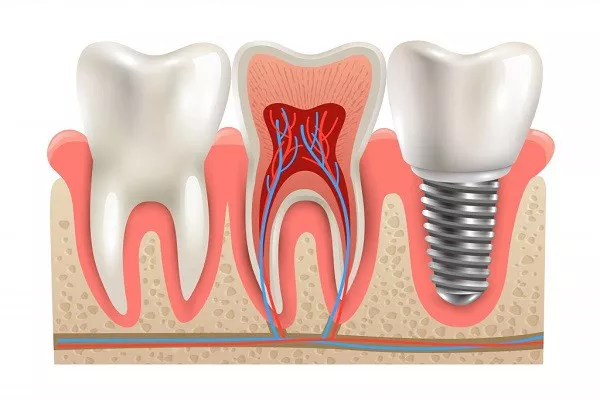After getting a tooth filling, it’s common to experience some sensitivity or discomfort in the affected tooth for a short period of time. The duration and severity of the pain can vary depending on several factors, such as the size and location of the filling, the type of filling material used, and individual factors such as tolerance to pain.
In general, it’s normal to experience some discomfort or sensitivity in the affected tooth for a few days after the filling procedure. This discomfort may be more pronounced when chewing or biting down on the tooth, or when consuming hot or cold foods or beverages.
If the pain or sensitivity persists for more than a few days or becomes more severe, it’s important to contact your dentist for further evaluation. This may be a sign of a more serious issue, such as an infection or a problem with the filling itself.
The type of filling material used can also impact the duration and severity of the pain. Amalgam (silver) fillings, for example, can cause more sensitivity and discomfort immediately after the procedure, but this typically resolves within a few days. Composite (white) fillings may cause less immediate discomfort, but can sometimes cause sensitivity to cold or hot foods for a longer period of time.
To help manage any pain or discomfort after a tooth filling, your dentist may recommend over-the-counter pain relievers such as ibuprofen or acetaminophen. It’s also important to avoid eating or drinking hot or cold foods or beverages for a few days after the procedure, and to practice good oral hygiene habits to prevent infection.
In summary, it’s common to experience some sensitivity or discomfort in a tooth after getting a filling, but this typically resolves within a few days. If the pain or sensitivity persists or becomes more severe, it’s important to contact your dentist for further evaluation. Your dentist may recommend over-the-counter pain relievers or other strategies to help manage any discomfort.
































